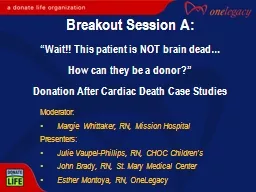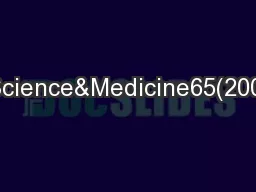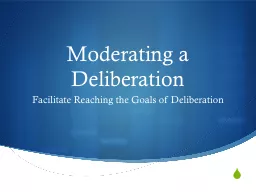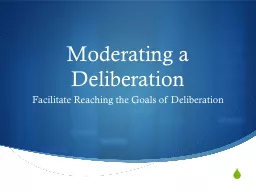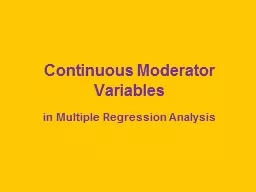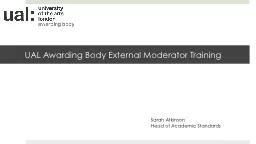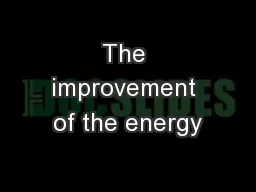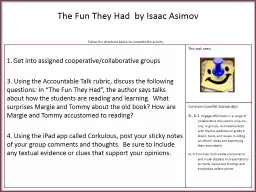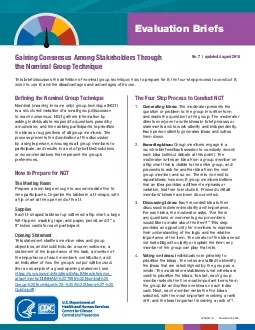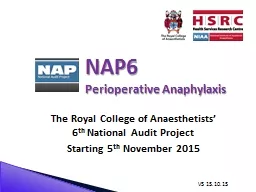PPT-Moderator: Margie Whittaker, RN, Mission Hospital
Author : liane-varnes | Published Date : 2019-12-11
Moderator Margie Whittaker RN Mission Hospital Presenters Julie Vaupel Phillips RN CHOC Childrens John Brady RN St Mary Medical Center Esther Montoya RN OneLegacy
Presentation Embed Code
Download Presentation
Download Presentation The PPT/PDF document "Moderator: Margie Whittaker, RN, Mission..." is the property of its rightful owner. Permission is granted to download and print the materials on this website for personal, non-commercial use only, and to display it on your personal computer provided you do not modify the materials and that you retain all copyright notices contained in the materials. By downloading content from our website, you accept the terms of this agreement.
Moderator: Margie Whittaker, RN, Mission Hospital: Transcript
Download Rules Of Document
"Moderator: Margie Whittaker, RN, Mission Hospital"The content belongs to its owner. You may download and print it for personal use, without modification, and keep all copyright notices. By downloading, you agree to these terms.
Related Documents

